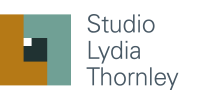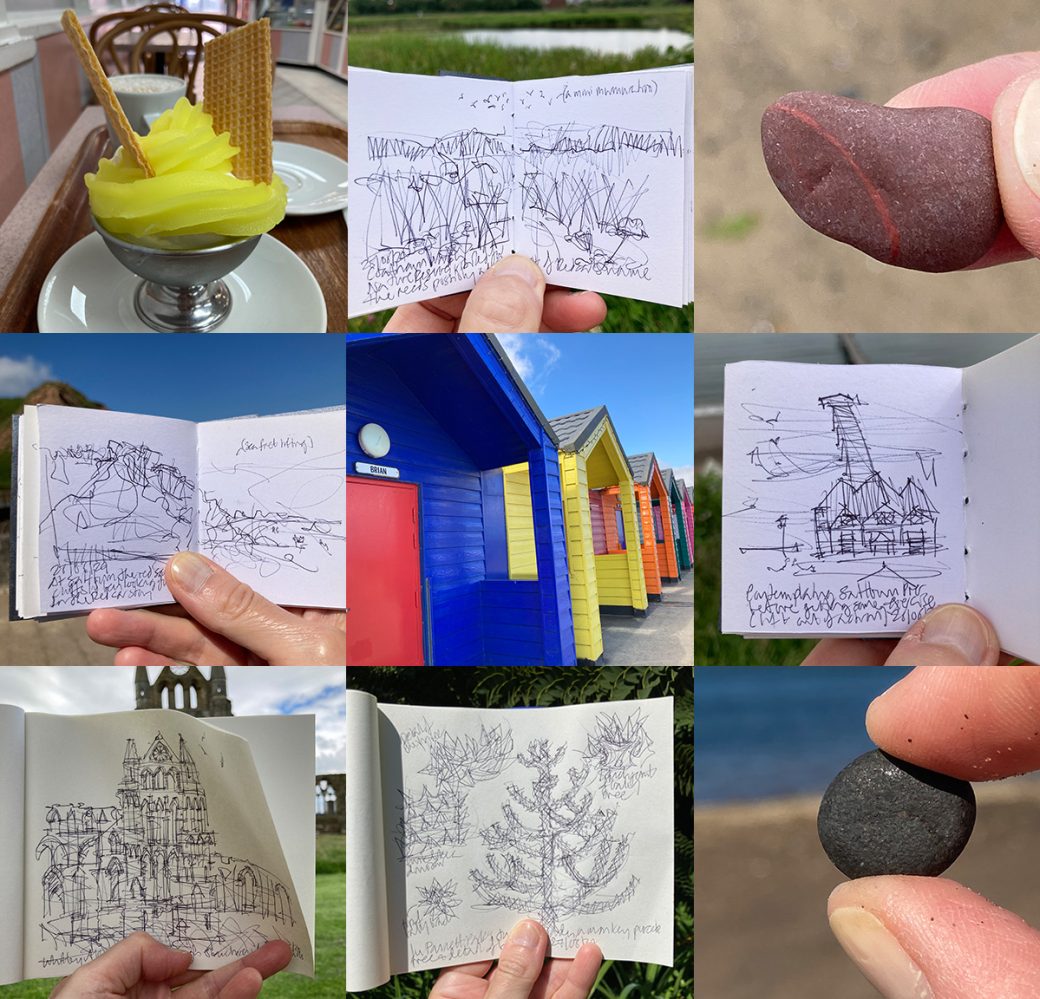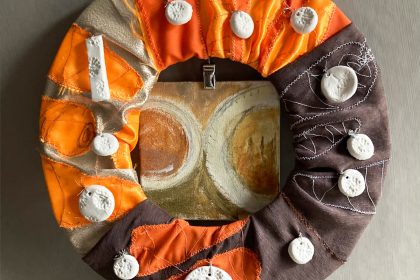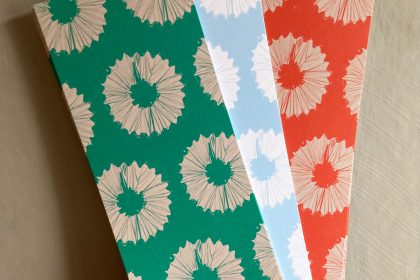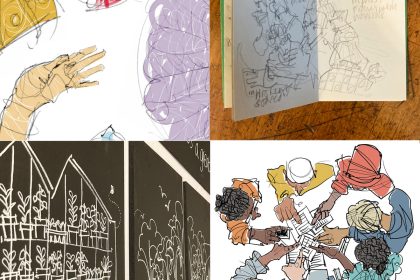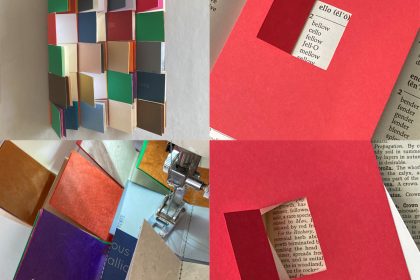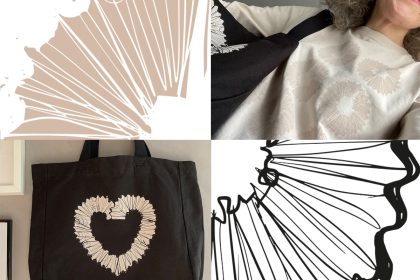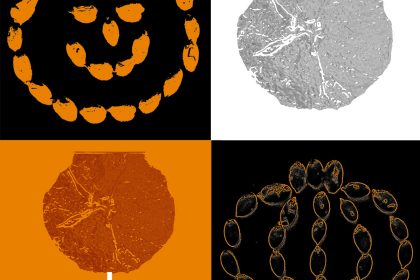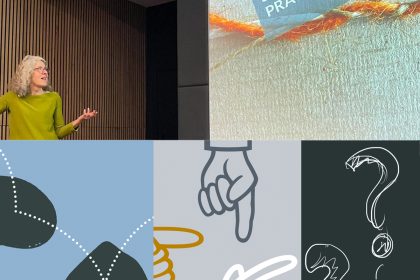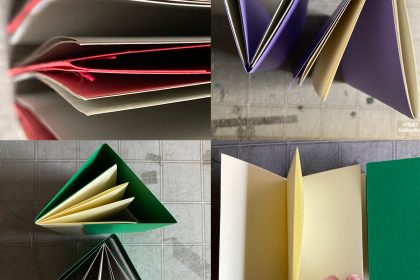A lemon top ice cream in Redcar. That hadn’t been the plan. Whitby had been my next colour trip, for jet black and the Old Norse for white, more of which later. But getting there turned out to be fiddly so I had designed a scenic route North, wiggling down the coast by bus.
The yellowest thing I’d ever seen (recommended by Sarah McCartney of 4160 Tuesdays, who named a perfume after it), the ice cream set me up for exploring the two possible roots of Redcar’s name. For reeds, I sketch walked in Coatham Marsh nature reserve. Looking for red sandstone I found a red pebble with an even redder stripe.
On the pretty coastal bus route to Whitby I stopped off at Saltburn (It’s nice; I should go, I’d been told by my B&B). Which showed me the red sandstone cliffs I’d been looking for. Also, cheery conversation about flowers, a handsome pier, a beach hut called Brian and a pirate postbox.
Onward to Whitby: beachcombing and museum exploring for jet, said to be fossilised monkey puzzle tree (there are live descendants in the park) and sketching the stonemasonry of the abbey. I had nerded-out on the Old Norse root of the town’s name, ‘white settlement’ and found out more about its history as a place of learning. And I walked Caedmon’s Trod from abbey to town, this too with writerly roots, Caedmon a cowherd turned poet and creator of songs.
On my colour trip, I had found a colourless thing: alum, used for treating cloth so that dyes will fix, had been part of Whitby’s prosperity. And on my monochrome mission, my thing of joy was a crayon box of beach huts.
My slow travel home brought me views – the Coastliner bus is named Britain’s most scenic bus route – and a bonus colour, the purple heather on the moors. And in York, my wander before my train to London, there was chocolate history.
All of this has reminded me of valuable parts of the creative process – putting in the background research, turning problems into opportunities, turning up, tuning in and being open to discovery.
Where to next? You’ll have to wait and see…
Meanwhile, if you'd like to talk to me about reportage sketching, investigative drawing or creative nerdery for your organisation, get in touch.

